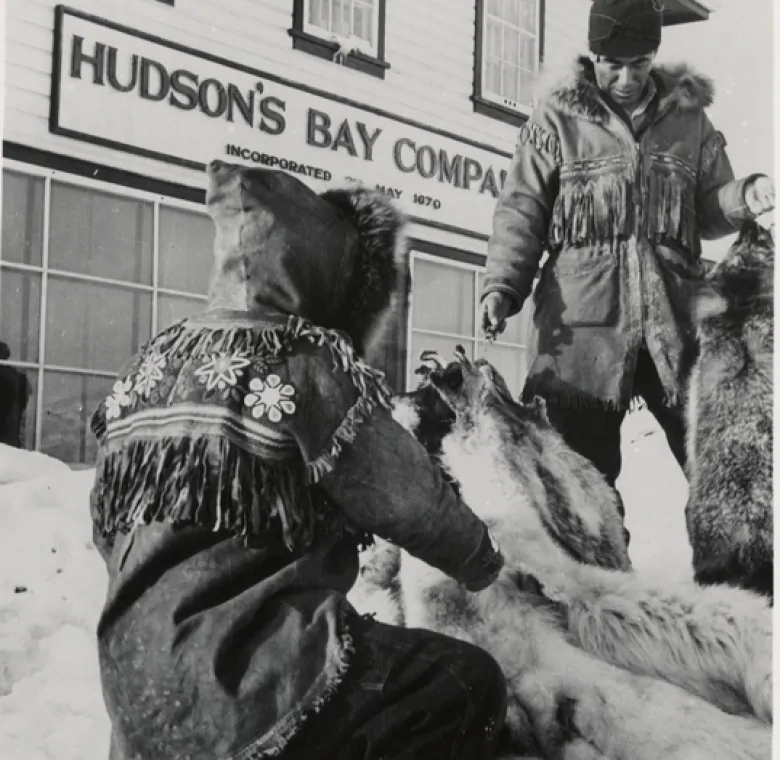May 2 should have been an epic 350th birthday party for one of the longest continuously running companies in the world. Instead, HBC’s iconic department stores were shuttered because of COVID-19. As it reopens, analysts are questioning the company’s future as it navigates a complex post-pandemic retail environment.

May 2 should have been an epic 350th birthday party for the Hudson’s Bay Company — one of the oldest continuously operating companies in the world.
Instead, HBC’s iconic department stores were shuttered because of the COVID-19 pandemic.
And even now, as the doors are reopening to customers, analysts are questioning the company’s future as it navigates privatization and a complex and challenging post-pandemic retail environment.
HBC’s immediate concern is “ensuring that financially it’s able to maintain itself and not file for creditor protection,” said Craig Patterson, editor in chief of the online magazine Retail Insider.
HBC declined a request for an interview.
But the company’s very history points to its ability to survive, even in “uncertain times,” said Amelia Fay, curator of the Hudson’s Bay Company gallery at the Manitoba Museum in Winnipeg.
“They’ve gone through a ton of big changes, even the Spanish flu. That was a huge pandemic for the world. The world wars greatly affected things, too.”
Standing in the gallery, Fay is dwarfed by a life-size replica of the Nonsuch, the ship that sailed into Hudson Bay in 1668 on the first trading voyage for what would become the Hudson’s Bay Company two years later.
“This ship was the first ship used before Hudson’s Bay Company was even a company. It returned with a cargo of furs and really helped to prove that a northern route … would work,” Fay said.
HBC traces its roots to a royal charter granted in 1670 by England’s King Charles II.
He gave the company a fur trading monopoly across what was then called Rupert’s Land, which included one-third of what is now Canada and parts of the northern U.S.
The company was created to trade animal pelts for goods at remote outposts across North America.
“It’s really unusual to think that a company that was established in another country was granted land where they’d never even really been” and where Indigenous people already had vast trade networks set up, Fay said.

Canada has a “deep connection” to the fur trade and “whether you like the history or not, it’s part of our history,” she said.
While the company had partnerships with Indigenous trappers, there have long been stories about those iconic striped wool HBC blankets bringing smallpox, measles and other diseases to their communities.
- The complicated history of the Hudson’s Bay point blanket
- CBC ARCHIVES | Uncovering the history of the HBC point blanket
- SECRET LIFE OF CANADA | Why some folks feel weird about Hudson’s Bay blankets
The company’s 350-year legacy is mixed, said Fred Shore, an assistant professor in the department of Native studies at the University of Manitoba.
“Most modern Indigenous people see the Bay as the store in their communities — high-priced, poor choice and the only game in town,” he said.

“They also often have memories of having to get their outfit for the trapping season from the Bay on credit and then being tied forever to the company for fur evaluations, trade and general supplies during the year.”
The relation

